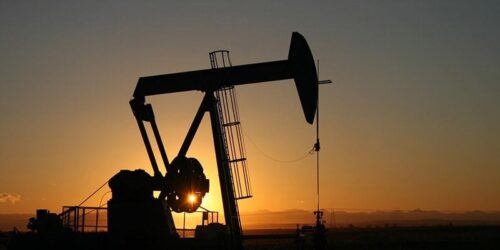During his speech, Raisi said one of his priorities will be to export more added-value refined oil products. Iran produced 2.52 million b/d in July, its highest since April 2019, according to the latest S&P Global Platts survey. Despite US sanctions that are intended to heavily penalize buyers of Iranian oil, China’s independent refineries have maintained some level of Iranian crude imports, mainly Iran Light and some Iran Heavy, in the past few years, according to market sources.
Talks in Vienna aimed at reviving the Joint Comprehensive Plan of Action and removing US sanctions on Iran’s energy sector have gone nowhere since Iran’s presidential election on June 18. A seventh round was expected to start after Raisi’s Aug. 5 inauguration but has not been announced. On Aug. 5, Raisi said that Iran would support any diplomatic plan to remove the sanctions.
Uncertainty over the nuclear talks creates a real possibility that 1.5 million b/d of expected Iranian supply growth through August 2022 will not hit the market, said Paul Sheldon, chief geopolitical adviser for Platts Analytics.
Iran has for years aspired to generate other income sources than oil to run the country. China, Pakistan and Bangladesh have been taking LPG from Iran, Platts has previously reported.
The Parliament started hearings on Raisi’s cabinet choices on Aug. 21 and a vote is expected on Aug. 24.
Iran’s crudes are mostly sour in quality due to their high sulfur content. They normally also have a higher specific gravity and are classified as heavy or medium, with gravities ranging from 27 to 34 API.
The country’s main export grade Iran Light, which is a medium sour grade with 33.6 API gravity and 1.46% sulfur content, according to the crude assay published by the state-owned National Iranian Oil Co. The Iran Heavy export grade is a heavy sour crude with an API gravity of 29.5 and sulfur content of 1.77%.
Iran’s crudes compete directly with grades such as Saudi Arabia’s Arab Heavy, Arab Light and Arab Medium; Iraq’s Basrah Light, Basrah Medium and Basrah Heavy; Russia’s Urals; the UAE’s Upper Zakum; Oman Crude Blend; Kuwait Export Crude; Venezuela’s Mesa 30 and Merey 16; and Mexico’s Mata.





